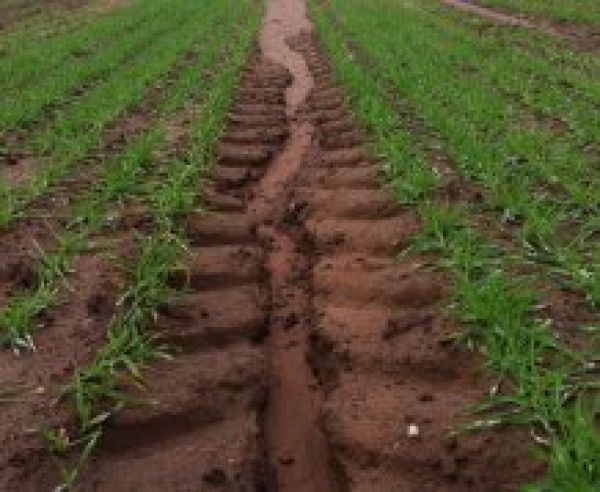The study examined more than 1,500 existing records and found 16% relating to arable (crop-growing) land showed erosion above “tolerable” levels – meaning rates of soil loss are significantly greater than new soil formation.
This may not reflect the national picture, as the study has highlighted that existing studies are frequently biased towards places which have eroded in the past.
However, the findings still show that erosion can occur at problematic levels under a range of conditions, meaning soil resources are at risk in the medium to long term.
“Unsustainable rates of erosion reduce soil fertility and can have devastating environmental impacts downstream in waterways,” said lead author Dr Pia Benaud, of the University of Exeter.
Continue reading at University of Exeter
Image via University of Exeter


